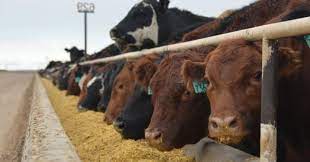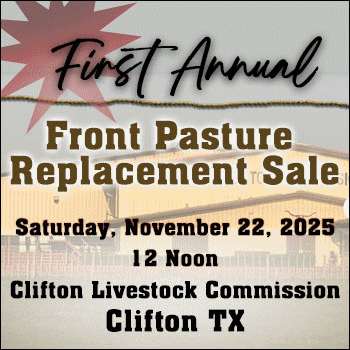October 8, 2024
The U.S. Department of Agriculture’s (USDA) has requested more information on possible new rules under the Packers and Stockyards Act relating to price discovery in cattle markets. In response to the request, Meat Institute President and CEO Julie Anna Potts called out the current administration for “once again attempting to assert government control over the free market,” a move she says is to the detriment of cattle producers, packers and consumers.
“This is not about transparency. This is about the government dictating how cattle may be bought and sold,” Potts states.
The Meat Institute noted there is already robust price discovery in the cattle and beef markets.
“When USDA says it wants to ‘enhance fairness’ in cattle markets, they mean pick winners and losers. They want to end the use of Alternative Marketing Arrangements (AMAs) and force producers and packers into the cash market,” explained Potts. “AMAs are a livestock producer-driven innovation that rewards producers who are developing value-added products by investing in their herds’ genetics and other traits, improving quality, or raising cattle using certain sustainability practices.”
Despite the administration’s belief otherwise, Potts says cattle production operations are not all the same and the cattle they produce are not one-size-fits all. “Moving back in time to a commodity cattle market will reduce competition, innovation, and quality, ultimately hurting the entire industry. Livestock producers ought to be rewarded for their innovation in the marketplace.”
According to Potts, AMAs offer producers the very benefits USDA says it wants to support: choice, flexibility, transparency and, yes, even higher prices. And most importantly, AMAs provide consumers with more choices and a consistent supply of higher quality beef at stable prices.
“The Meat Institute remains opposed to all of the Biden Administration’s proposed and final rules changes under the Packers and Stockyards Act because they are outside the scope of USDA’s authority,” Potts added.
Background on transparency in beef and cattle markets
The Meat Institute explained that Congress established and USDA administers the Livestock Mandatory Reporting Act (LMR) program to facilitate open, transparent price discovery and provide all market participants, both large and small, with comparable levels of market information for slaughter cattle and beef, as well as other species.
Under LMR, packers must report to AMS daily the prices they pay to procure cattle, and other information, including slaughter data for cattle harvested during a specified time period and with net prices, actual weights, dressing percentages, percent of beef grading Choice, and price ranges, and then AMS publishes the anonymized data.
AMS publishes 24 daily and 20 weekly cattle reports each week. Weekly reports start Monday afternoon and end the next Monday morning. These reports cover time periods, regions, and activities and the data include actual cattle prices.
Further, packers report all original sale beef transactions in both volume and price through the Daily Boxed Beef Report. This data is reported twice daily, at 11:00 a.m. and at 3:00 p.m. Central Time. The morning report covers market activity since 1:30 p.m. of the prior business day until 9:30 a.m. of the business day. The afternoon report is cumulative, including all market activity in the morning plus all additional transactions between 9:30 a.m. and 1:30 p.m., and is on the USDA DataMart website. The boxed beef report covers both individual beef item sales and beef cutout values and current volumes, both of which are derived from the individual beef item sales data.
In 2022, Congress appropriated funds for AMS to create a Cattle Contracts Library Pilot Program to increase market transparency. The pilot program has packers submit contract and volume information to AMS using a series of data collection forms. This information is added to a searchable database.












